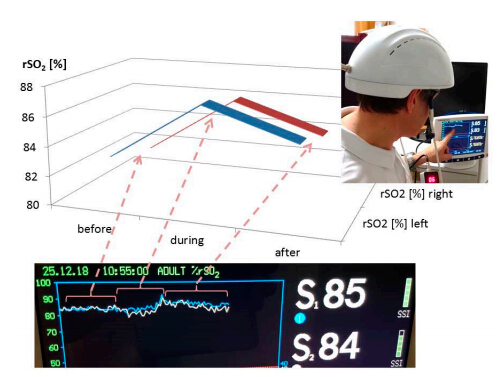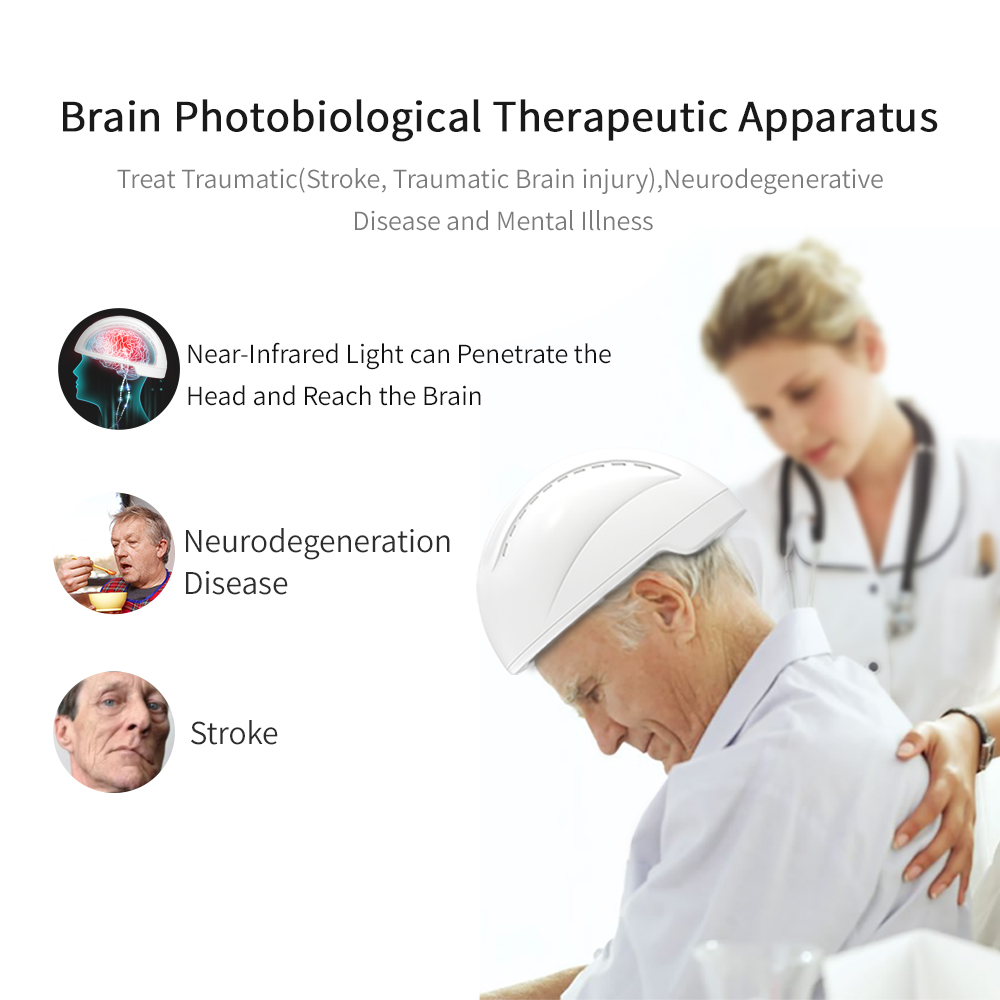| Payment Type: | T/T,Paypal,Money Gram,Western Union |
|---|---|
| Incoterm: | FOB,CFR,EXW |
| Delivery Time: | 7 Days |
| Payment Type: | T/T,Paypal,Money Gram,Western Union |
|---|---|
| Incoterm: | FOB,CFR,EXW |
| Delivery Time: | 7 Days |
Model No.: GY-PDT1
Packaging: paper box
Productivity: 3000pcs per month
Brand: SSCH / Suyzekko
Transportation: Ocean,Air
Place of Origin: China
Supply Ability: 3000pcs per month
Port: Shenzhen
Infrared Therapy Helmet Specifications
|
Name |
Infrared Helmet Light Brain Photobiomodulation Machine |
|
Model |
GY-PDT1 |
|
LED Wavelength |
810 nm |
|
Led Quantity |
256 |
|
Power(total helmet) |
15 W |
|
Power(one LED) |
60 mW |
|
Power |
24 mW/cm2 |
|
Certificate |
CE FDA |
|
OEM |
Support |
|
Color |
White/Black |
|
MOQ |
1 PC |
What is Photobiomodulation Pbm For Traumatic Brain Injury (tbi)?
Photobiomodulation (PBM) describes the use of red or near-infrared light to stimulate, heal, regenerate, and protect tissue that has either been injured, is degenerating, or else is at risk of dying. One of the organ systems of the human body that is most necessary to life, and whose optimum functioning is most worried about by humankind in general, is the brain. The brain suffers from many different disorders that can be classified into three broad groupings: traumatic events (stroke, traumatic brain injury, and global ischemia), degenerative diseases (dementia, Alzheimer's and Parkinson's), and psychiatric disorders (depression, anxiety, post traumatic stress disorder). There is some evidence that all these seemingly diverse conditions can be beneficially affected by applying light to the head. There is even the possibility that PBM could be used for cognitive enhancement in normal healthy people. In this transcranial PBM (tPBM) application, near-infrared (NIR) light is often applied to the forehead because of the better penetration (no hair, longer wavelength).

Abstract: A new piece of equipment for LED (light emitting diode) brain photobiomodulation is introduced. Preliminary results from regional cerebral oxygen saturation and from thermography are shown before, during and after stimulation.
The procedure offers a new way to quantify the biological effects of a possible innovative therapeutic method. However further measurements are absolutely necessary.

The Brain Photobiomodulation Machine Brain Photobiomodulation 810nm is a therapeutic instrument based on the principle of photobiomodulation. It has a good therapeutic effect on traumatic events (stroke, traumatic brain injury, and global ischemia), degenerative diseases (dementia, Alzheimer's and Parkinson's), and psychiatric disorders (depression, anxiety, post traumatic stress disorder)

810nm Led Therapy Helmet Main Function
Infrared Light Helmet Indications
1. Traumatic events (stroke, traumatic brain injury, and global ischemia).
2. Degenerative diseases (dementia, Alzheimer's and Parkinson's).
3. Psychiatric disorders (depression, anxiety, post traumatic stress disorder).
Contraindication
1. Avoid direct exposure to the eyes, pregnant women's abdomen, melanoma, brown spots.
2. Taboo patients with early and middle stage malignant tumors.
3. Contraindications to patients with acute bleeding disorders.